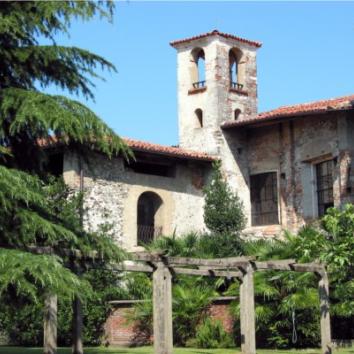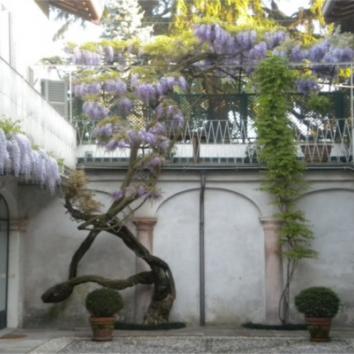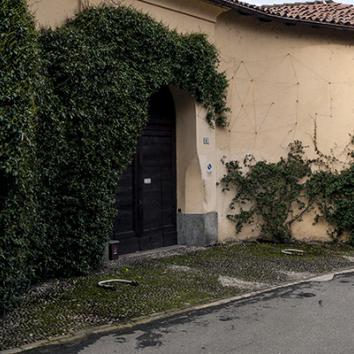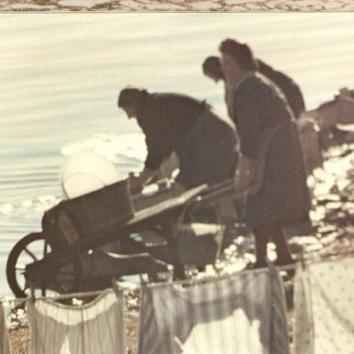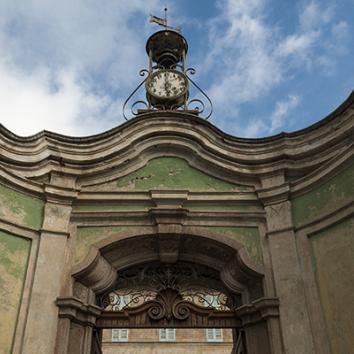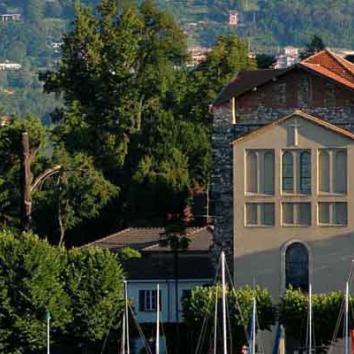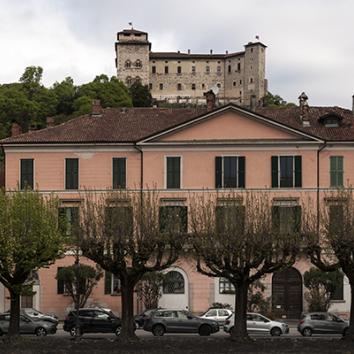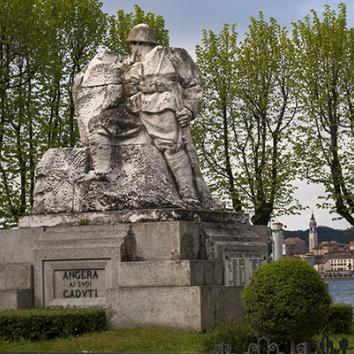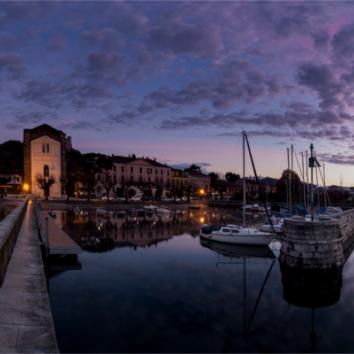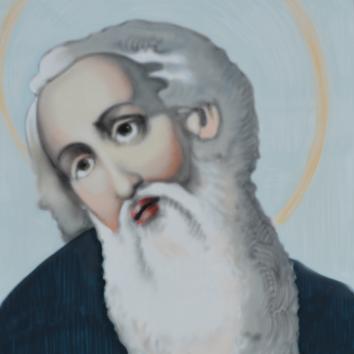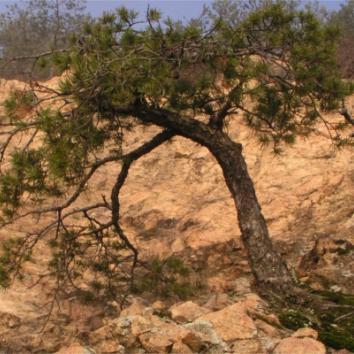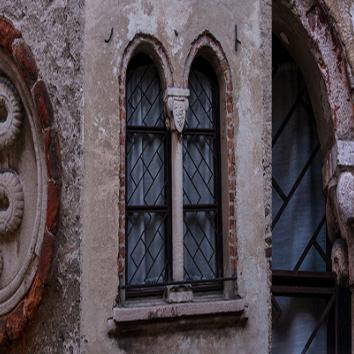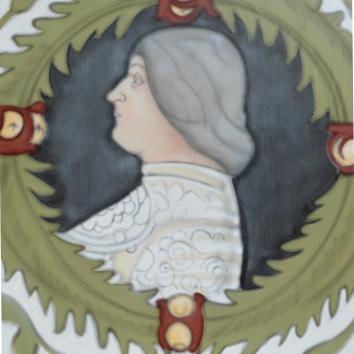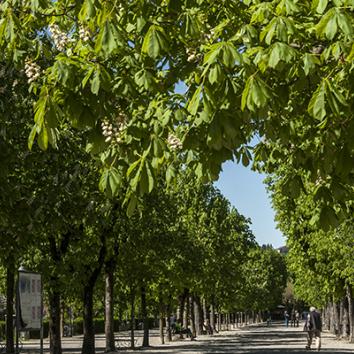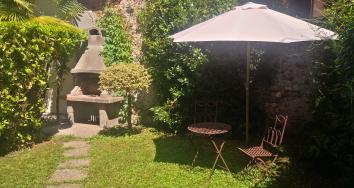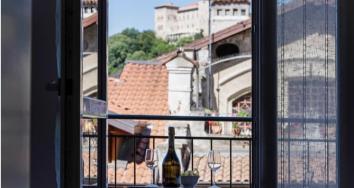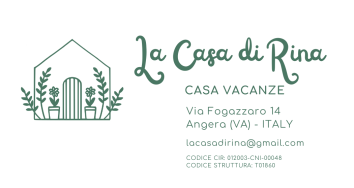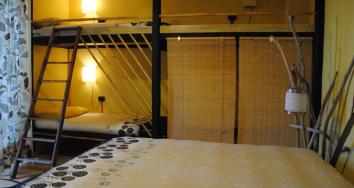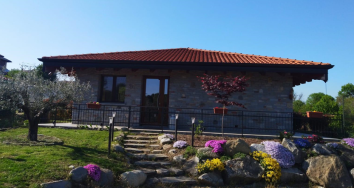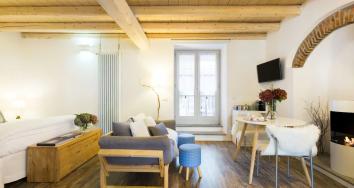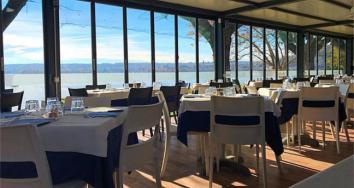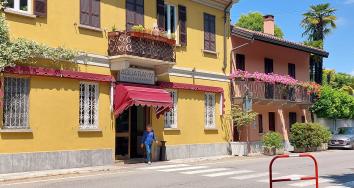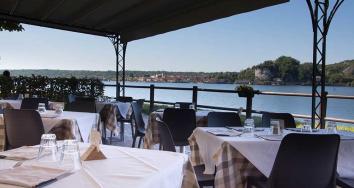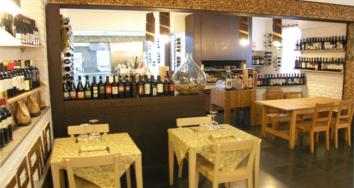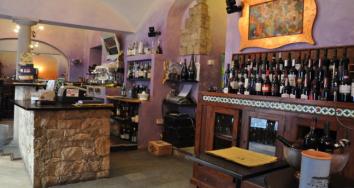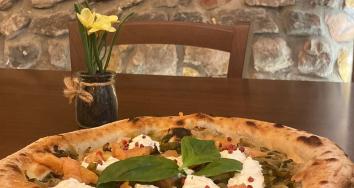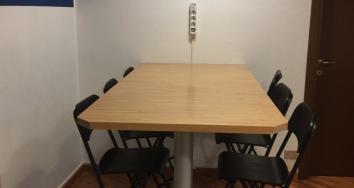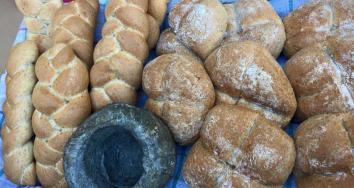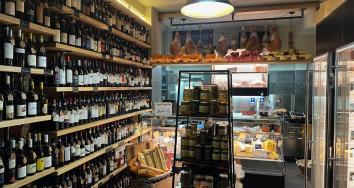Roman house and Church of San Vittore
Site n. 11 of the Museo Diffuso
Site n. 11 of the Museo Diffuso
XIII-XVII century
Before reaching the lake, via Mario Greppi touches the ancient district called da Muu or dell'Amore, a neighborhood that in the past was the residence of Angerese fishermen. Today the street is dedicated to the young partisan Arturo Merzagora, shot in 1944.
At number 1, the facade of the ancient church of San Vittore can still be seen today. The ecclesiastical building probably already existed in the thirteenth century, in the sixteenth century it became the seat of the Confraternity of Santa Marta and, starting from the seventeenth century, also of the Confraternity of the Holy Rosary.
The church, renovated in the Baroque period, was sold at the end of the eighteenth century, and deposits and residential areas were built inside.
The apse, the southern wall and the bell tower located to the south-east of the building still show traces of the ancient factory and can be seen by accessing from the courtyards of Via Merzagora. The interior is not usually open to visitors, but it is very suggestive and the stucco decorations and the capitals of the vault are still visible. On one of the modern structures on the north side, a Romanesque panel with the Crucified Christ is walled. The furnishings of San Vittore today are kept in the Parish Church of Ranco. The ancient statue of the Madonna del Rosario, which was placed on the high altar, is today located in the small Church of Uponne.
Excavations conducted in the seventies and in 2005 led to the identification of structures dating from the 1st century BC and the early Middle Ages, fragments of early Christian epigraphs have also been found that suggest the existence of a paleochristian religious building in the area where the church of San Vittore was later built.
Investigations conducted in 2014 under the pavement of the church seem to confirm this hypothesis.
The finds are kept in the Civic Archaeological Museum, Via Marconi 2.


